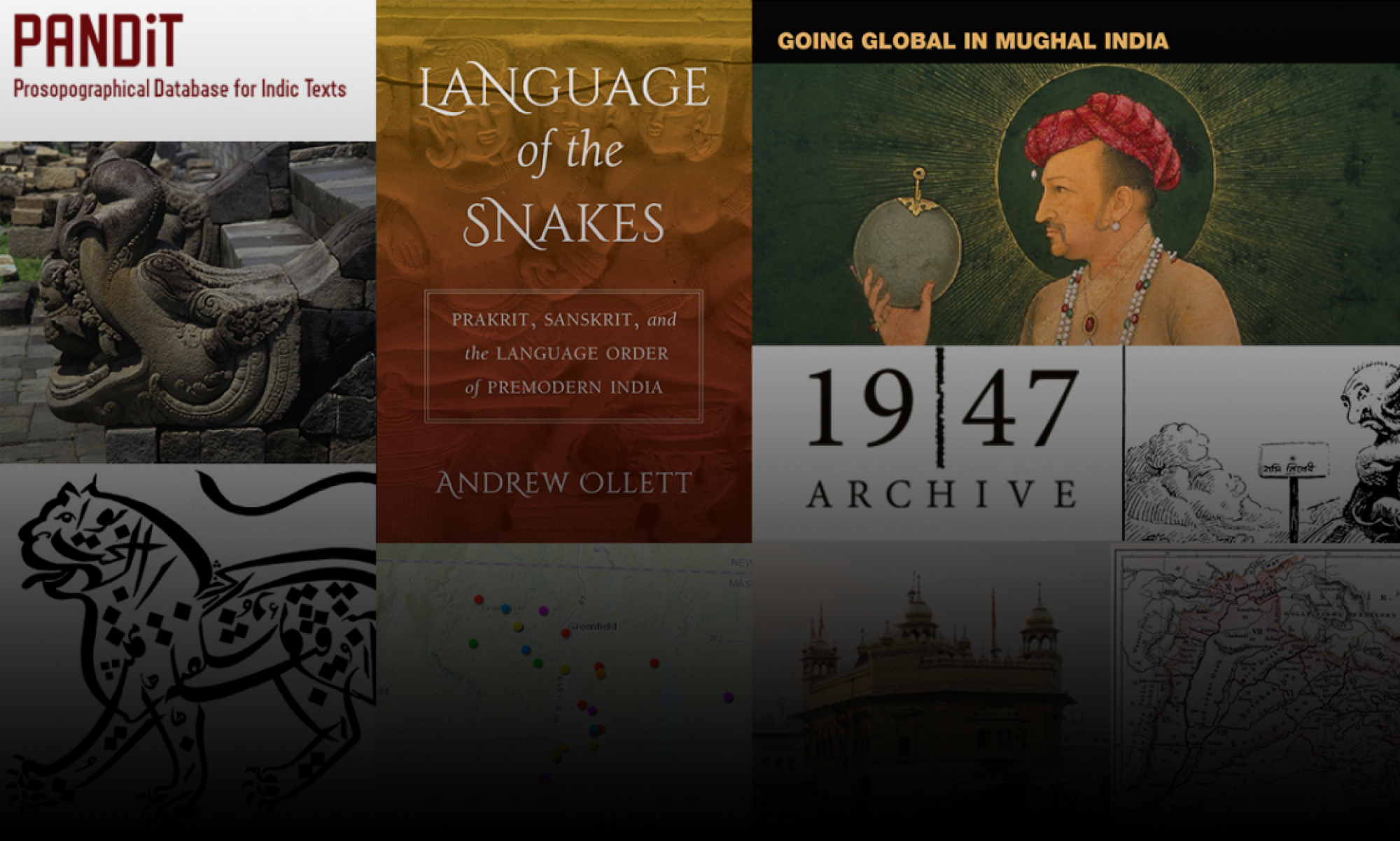[creativ_tabs][creativ_tab label=”Background”]In recent years, the digital humanities (DH) have created a shift in scholarly, publishing, and library worlds. Yet there is no clear consensus on what we mean when we use this phrase. What is the digital humanities? What are the digital humanities? As a way of approaching the topic, it is helpful to consider DH as a set of practices comprising four areas. Chris Forster, Assistant Professor in the department of English and Textual Studies at Syracuse University, articulated these areas on HASTAC (Humanities, Arts, Science, and Technology Alliance and Collaboratory) in 2010 as a graduate student at the University of Virginia. They are:
1. Direct, practical uses of computational methods for research
2. Media studies scholars studying “new” media
3. Using technology in the classroom
4. The way new technology is reshaping research and the profession
The first area (Direct, practical uses of computational methods for research) is what many scholars think of when they first try to define the digital humanities. Practices such as text-mining, data visualization, GIS, and mapping, among others are included in this area. The second area (Media studies scholars studying “new” media) is the study of new media (mass communication via digital technologies) and its unequal distribution and impact. The third area (Using technology in the classroom) includes digital pedagogy such as incorporating wikis, Omeka, blogs, or digital storytelling into the classroom setting. The fourth area (The way new technology is reshaping research and the profession) includes questions about academic publishing, the place of libraries as the loci of digital humanities production and archiving, the creation of digital archives, as well as the place of DH in the job market that recent MAs and PhDs enter upon graduation.
While DH has been an important topic among scholars, libraries, and the digital scholarship teams that support such practices, engagement with these practices has been challenging and uneven across disciplines, fields, and geographies. For example, manipulating data for projects that involve text mining presents significant difficulties for languages in non-Roman script. As a result, there are linguistic and geographic concentrations and lacunae in the application of DH theories and methods. Moreover, applying DH technologies in research and teaching requires new technical skillsets beyond the research skills traditionally acquired in academic departments. Many scholars may not incorporate DH in their teaching, and students might have to seek out instruction in these new skills outside of their normal coursework and research. Yet upon completion of the degree, new graduates will confront opportunities for post-docs in DH, for academic careers that require knowledge of DH in relation to research, pedagogy and publishing, and for positions in libraries, museums and presses that also necessitate dexterity with DH applications.
When we consider the distribution of labor between academic departments, libraries, and digital centers like ECDS, we see that libraries have quickly become the ideal locations to support new digital endeavors, to train individuals who are new to DH methods, and to provide resources that support the production of knowledge via DH methodologies.[/creativ_tab][creativ_tab label=”The Symposium”]In the case of South Asian Studies, the challenges of applying DH theories, methods, and technologies include: encoding non-Roman script languages, copyright questions in the creation of archives, the epistemic possibilities of close reading versus distant reading, accessibility of digital products in South Asia, and capturing the complexity of South Asian traditions for teaching and research purposes. A growing cohort of scholars are actively working on these issues and opening pathways for engaging with the history, texts, and practices of South Asia. This symposium will bring together scholars of South Asia working in all four areas of the digital humanities (see Background) to discuss these challenges and the ways forward with the resources at Emory University as our backdrop. The event will also provide Emory faculty, staff, and graduate students with valuable conversation partners, new connections here at the Woodruff Library, and possible collaborators in the expanding field of DH in South Asian Studies.[/creativ_tab][creativ_tab label=”Participants”]
Neel Agrawal, Center for Research Libraries
Ellen Ambrosone, Emory University
Tim Bellefleur, University of British Columbia
Gil Ben-Herut, University of South Florida
Poushali Bhadury, Middle Tennessee State University
Guneeta Singh Bhalla, The Partition Archive
Yigal Bronner, Hebrew University of Jerusalem
Rahul Gairola, Murdoch University
Ellen Gough, Emory University
Susan Huntington, Ohio State University
Constance Kassor, Lawrence University
Jon Keune, Michigan State University
Melanie Kowalski, Emory University
Scott Kugle, Emory University
Ruby Lal, Emory University
Charles Li, University of British Columbia
Bridget Madden, University of Chicago
Sara McClintock, Emory University
Sarah McKee, Emory University
Mark McLaughlin, College of William and Mary
Nicole Merkel-Hilf, Library South Asia Institute Heidelberg
James Nye, University of Chicago
Andrew Ollett, Harvard University
Sumathi Ramaswamy, Duke University
Nicole Ranganath, University of California at Davis
Anandi Silva Knuppel, Emory University
Amardeep Singh, Lehigh University
[/creativ_tab][creativ_tab label=”Our Sponsors”]The Emory Digital Humanities Symposium is supported by Emory Libraries and the Emory Center for Digital Scholarship and is generously funded by the Emory University Libraries Innovation Grant; Emory Conference Center Subvention Fund; Emory Laney Graduate School New Thinkers/New Leaders Fund; Institute for Quantitative Theory and Methods; Fox Center for Humanistic Inquiry; Emory Center for Digital Scholarship; and Middle Eastern and South Asian Studies, Religion, and Sociology departments.[/creativ_tab][/creativ_tabs]
